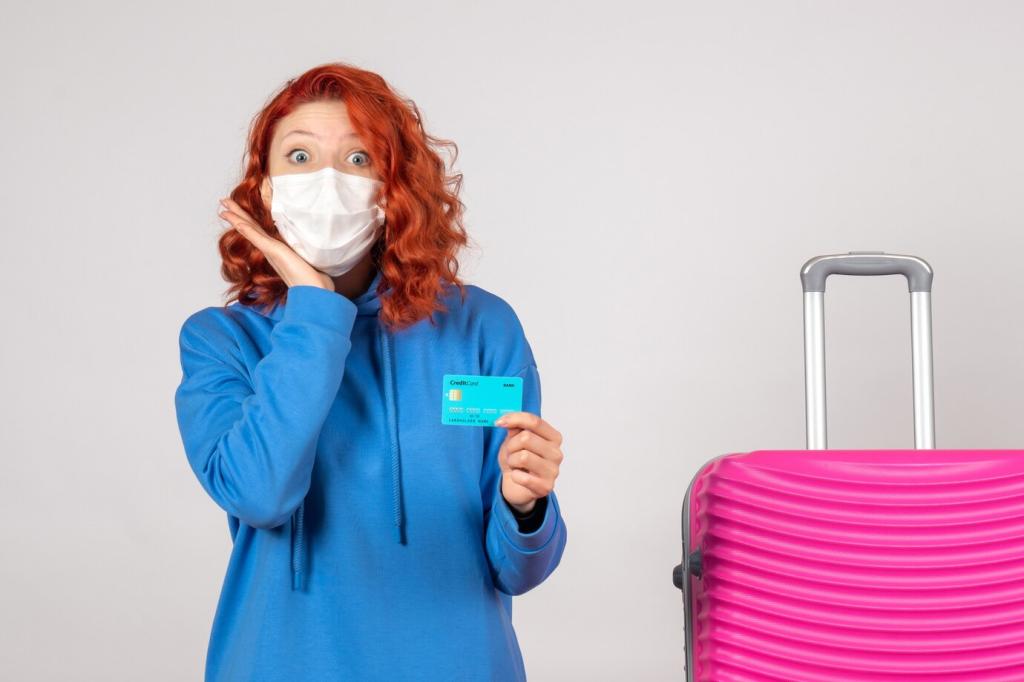What the Onboard Medical Center Really Offers
Most cruise medical centers handle everyday issues and urgent needs with surprising depth, often including basic laboratory testing, X-rays, wound care, IV hydration, and ECGs. They stabilize emergencies and coordinate next steps when specialized care must happen ashore.
What the Onboard Medical Center Really Offers
Ship physicians and nurses typically have backgrounds in emergency or urgent care and maritime medicine. They practice to international standards, keep accurate records, and communicate clearly about treatment options, risks, and follow-up, so you feel informed and supported.
What the Onboard Medical Center Really Offers
Clinics post daily hours and offer 24/7 response for urgent issues. Bring your medication list, allergies, and insurance details. Expect triage, clear explanations, and a copy of your visit summary for personal records and any necessary follow-up care.
What the Onboard Medical Center Really Offers
Lorem ipsum dolor sit amet, consectetur adipiscing elit. Ut elit tellus, luctus nec ullamcorper mattis, pulvinar dapibus leo.


